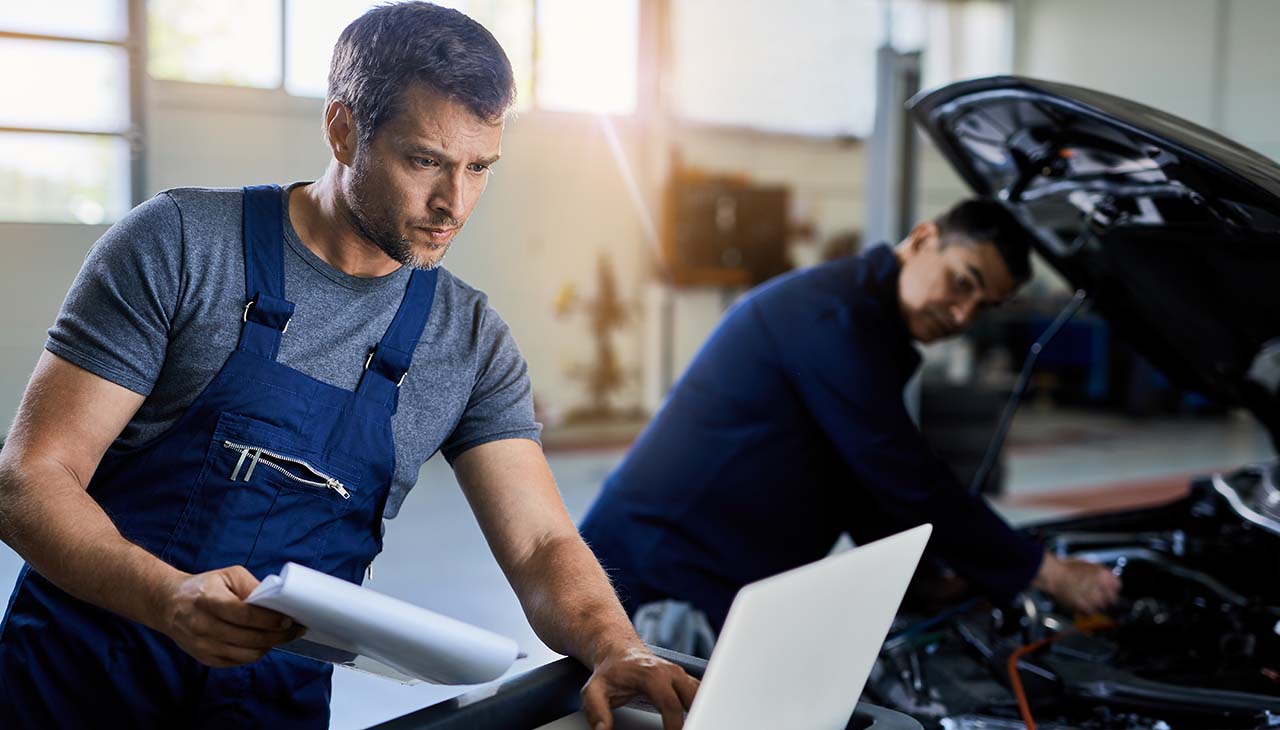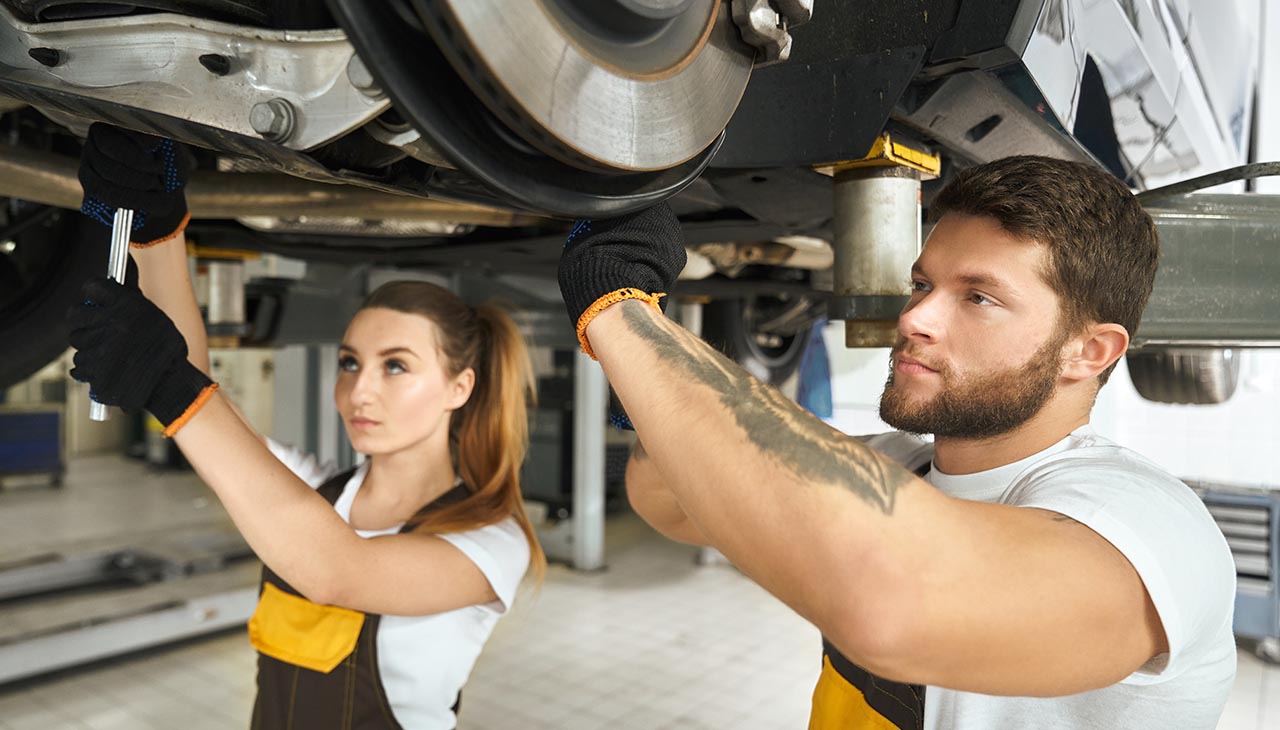Over the decades, car technology has seen exponential advancements, transforming not merely how vehicles operate but also how they’re perceived in both the new and used market. This evolution has been driven by a combination of consumer demands, environmental concerns, and relentless innovations in safety, efficiency, and connectivity. The impact on used vehicles is profound; older models are often compared against the backdrop of cutting-edge features found in newer releases. This tension between the old and the new reflects a broader dialogue about value, sustainability, and the future of transportation.
Historical Perspective
Early Developments in Car Technology
The inception of car technology dates back to the late 19th century, with the introduction of the internal combustion engine, a pivotal moment that set the stage for future automotive innovations. Early vehicles were primarily mechanical in nature, focusing on the basics of mobility and engine efficiency. The early 20th century saw the mass production of automobiles, spearheaded by the Ford Model T, which made cars more accessible to the general public. These formative years laid the groundwork for car technology, emphasizing durability and the fundamental mechanics of vehicle operation.
Milestones in Automotive Innovation
Throughout the 20th century, automotive technology advanced rapidly, marked by significant milestones that enhanced vehicle performance, safety, and comfort. The introduction of features such as hydraulic brakes, power steering, and automatic transmission during the mid-20th century, revolutionized the driving experience, offering greater control and ease of operation. The latter part of the century witnessed the integration of computer technology, with the advent of electronic fuel injection systems and onboard diagnostics, improving engine efficiency and reliability. Safety also became a paramount concern, leading to developments like crumple zones, airbag systems, and, eventually, electronic stability control, significantly reducing the risk of injury in accidents.
Shift Towards Digitalization and Automation
The 21st century has been characterized by a swift shift towards digitalization and automation in car technology, focusing on enhancing connectivity, efficiency, and reducing environmental impact. Electric vehicles (EVs) and hybrid models have become increasingly commonplace, driven by advancements in battery technology and a growing awareness of environmental issues. The integration of digital interfaces, GPS navigation, and infotainment systems has transformed the in-car experience, making it more interactive and connected. Furthermore, the development of autonomous driving technology, powered by sophisticated AI algorithms and extensive sensor systems, promises to redefine the future of transportation, emphasizing safety, efficiency, and a radical shift in the role of the driver and the concept of driving itself.
Impact on New Vehicles
The impact of these technological advancements on new vehicles is multifaceted, reflecting significant strides in safety, performance, and connectivity.
Integration of Advanced Safety Features
Modern vehicles are now equipped with a suite of advanced safety features aimed at preventing accidents before they happen. Technologies such as adaptive cruise control, lane-keeping assist, and automatic emergency braking utilize an array of sensors, cameras, and radar to monitor the vehicle’s surroundings, offering not just reactive but predictive safety measures. These innovations have significantly contributed to reducing the number and severity of accidents, making modern cars safer than ever before.
Enhancement of Performance and Efficiency
Advancements in engine technology, aerodynamics, and the use of lightweight materials have led to vehicles that offer superior performance without sacrificing efficiency. Electric and hybrid powertrains provide an alternative to traditional internal combustion engines, offering instant torque and a reduction in greenhouse gas emissions. In addition, improvements in battery technology mean that electric vehicles (EVs) now have longer ranges, making them a more practical option for everyday use.
Adoption of Connected Technologies
The incorporation of connected technologies in new vehicles has transformed the driving experience, offering unparalleled levels of convenience and entertainment. Features such as real-time traffic updates, remote vehicle monitoring, and smartphone integration are becoming standard, enabling drivers to stay connected with the digital world while on the move. Additionally, the advent of vehicle-to-vehicle (V2V) and vehicle-to-infrastructure (V2I) communication holds the promise of further enhancing road safety and traffic management by enabling vehicles to share information about their environment and status.
Market Trends
The automotive market today is reshaped by several key trends that mirror technological advancements and shifting consumer preferences. Below, we discuss how these trends are influencing the landscape for used vehicles.
Rise of Electric and Hybrid Vehicles
The growing emphasis on sustainability and the advancement of battery technology have propelled the rise of electric (EV) and hybrid vehicles. This shift is causing a ripple effect in the used car market, as consumers increasingly seek out these environmentally friendly options. The demand for used EVs and hybrids is on the upswing, buoyed by their lower operational costs, tax incentives, and reduced environmental impact. However, concerns over battery life and replacement costs continue to influence buyer decisions in the pre-owned market.
Influence of Self-Driving Technologies on Resale Values
Self-driving technologies, encompassing everything from basic driver-assistance systems to fully autonomous vehicles, are beginning to have a tangible impact on the resale values of used cars. Vehicles equipped with advanced driver-assistance systems (ADAS) such as adaptive cruise control, lane keeping assistance, and automated emergency braking tend to retain their value better than those without. The prospect of self-driving cars entering the used vehicle market in the future presents a complex scenario, potentially commanding higher resale values due to the cutting-edge technology onboard.
Consumer Preferences Towards Tech-Savvy Used Cars
Today’s consumers are increasingly tech-savvy, valuing connectivity, entertainment, and safety features in their vehicles. This preference extends to the used car market, where models equipped with modern infotainment systems, smartphone integration capabilities, and advanced safety features are more sought after. Consequently, the resale value of older vehicles lacking these technologies may be negatively impacted. Conversely, used vehicles that feature up-to-date technology tend to attract a premium in the marketplace, reflecting the growing importance of tech-equipped cars to contemporary buyers.


